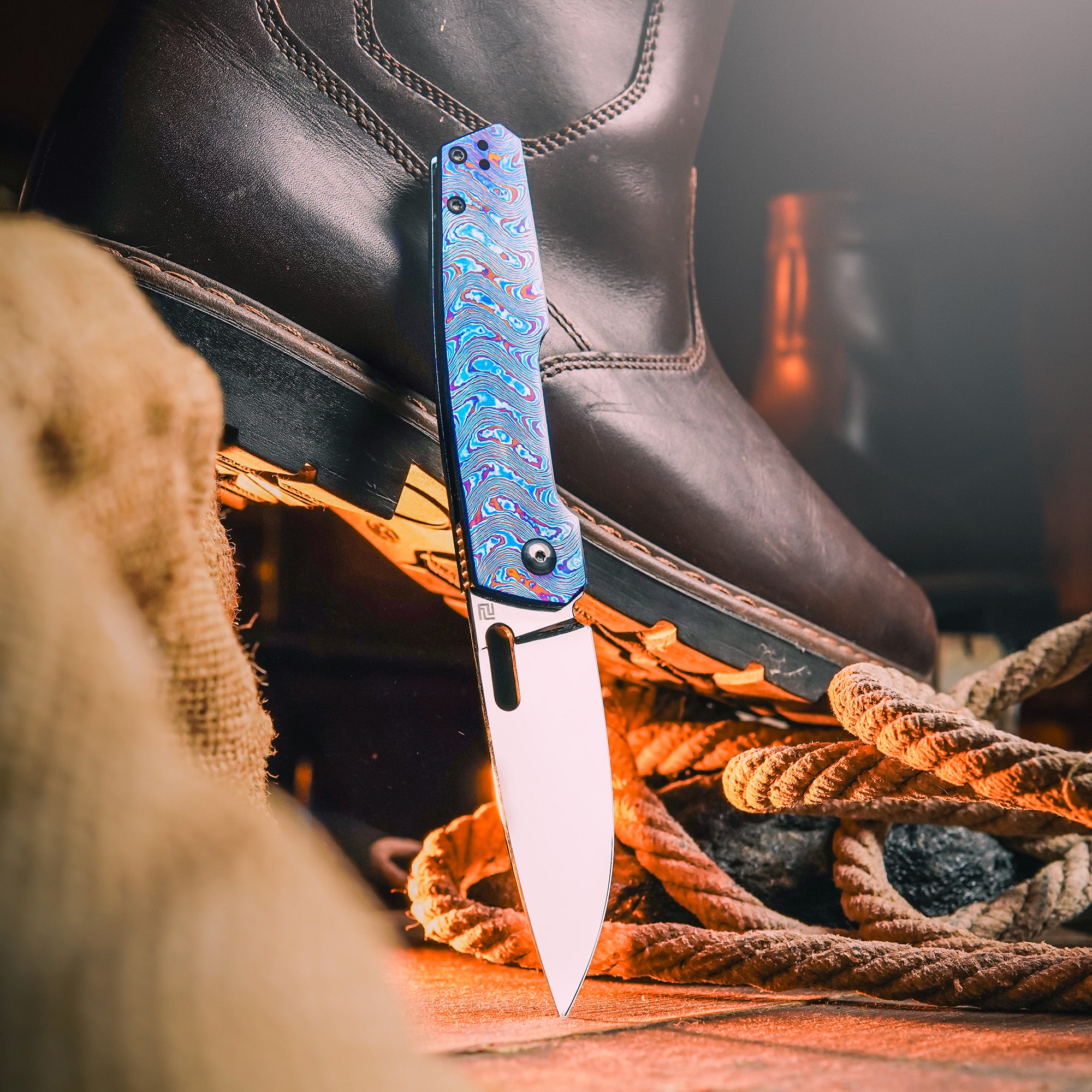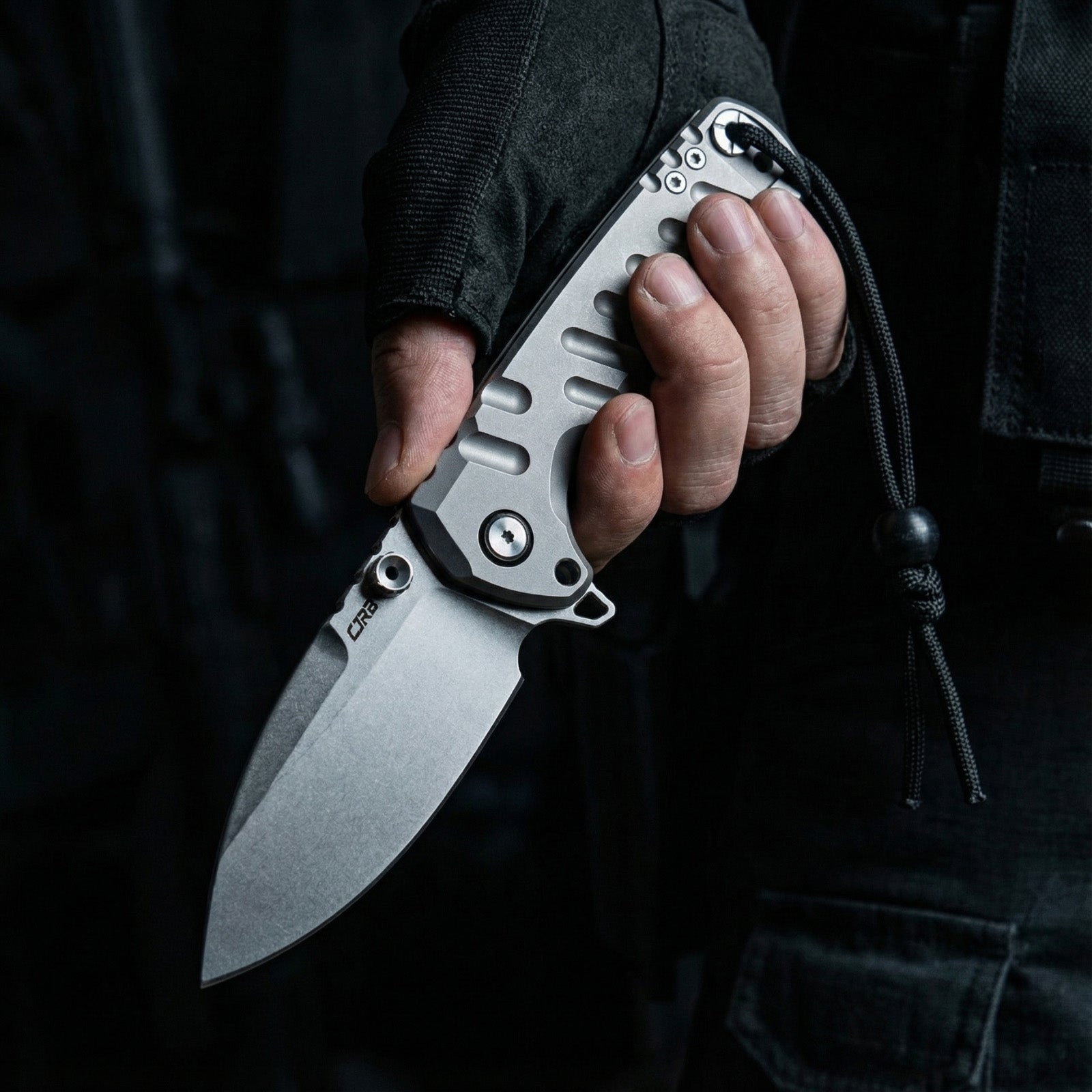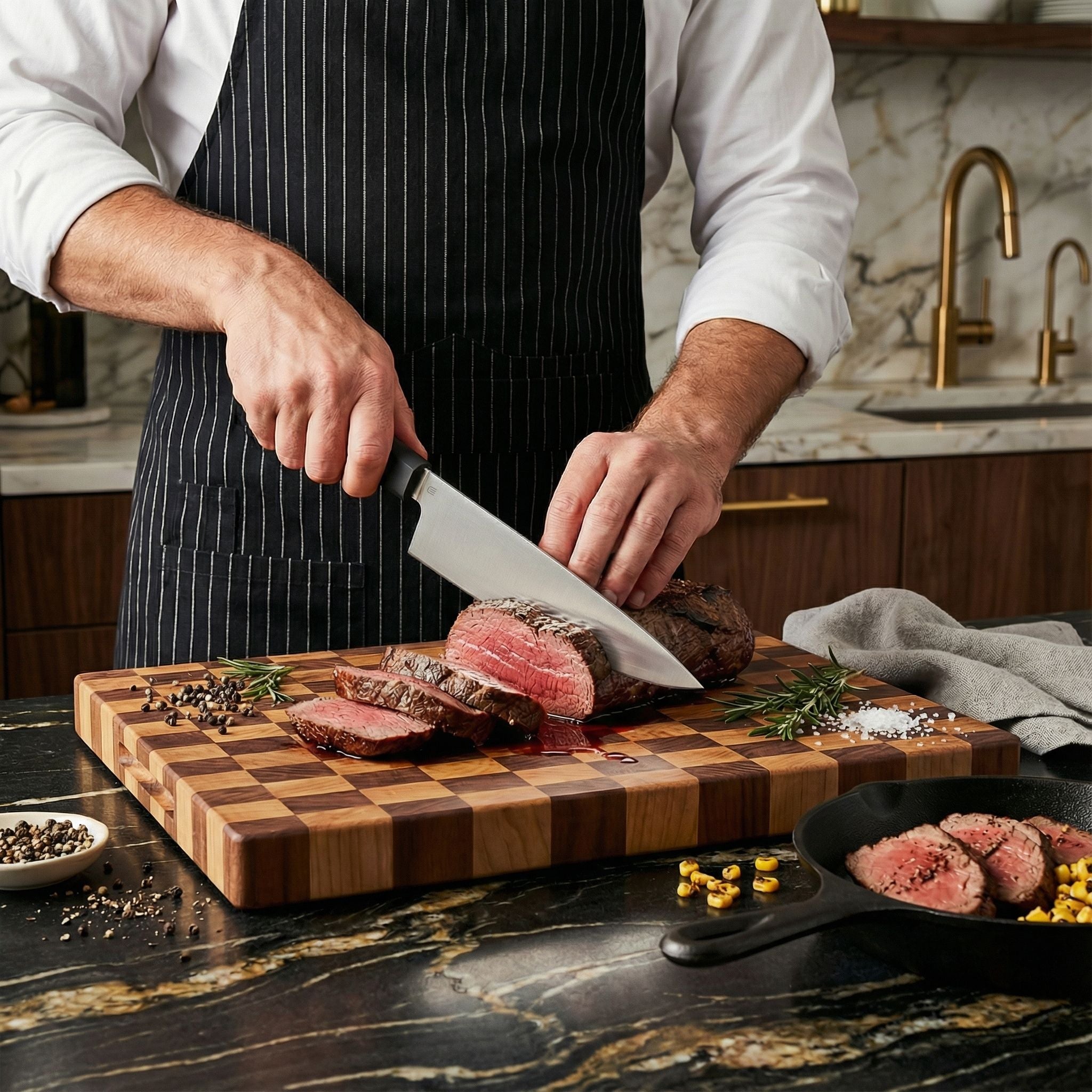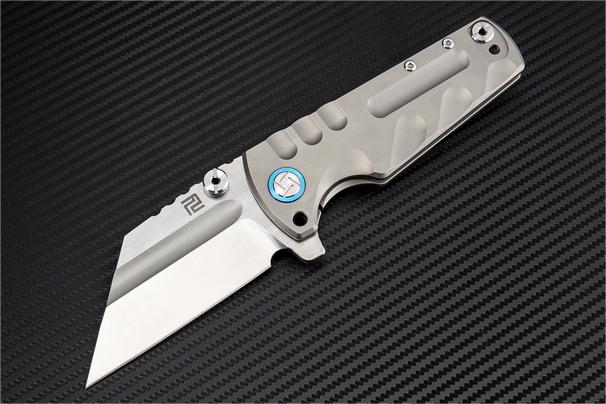As a professional chef, keeping knives sharp is one of the top priorities in the kitchen. A dull knife can be dangerous and make food prep much more difficult and time-consuming. But even with proper knife care, all blades will inevitably lose their edge over time and need to be re-sharpened. In this blog post, we'll explain the various ways knives get dull so you can better understand how to maintain your cutlery.

Friction Dulling
One of the most common ways kitchen knives get dull is through friction while cutting. Any time you slice, chop, or crush food with your knife's edge, some microscopic bits of metal get rubbed off the blade. This abrasion gradually rounds off the sharp cutting edge through repeated use. Harder foods like crusty bread or tough meats that require sawing motions create more friction compared to softer foods like ripe tomatoes.
Over time, this friction wear, and tear from daily food prep will degrade the integrity of your knife's edge. Even if you are careful to always cut on soft surfaces like wood or plastic rather than something abrasive like glass or granite, the simple act of cutting degrades the blade. Proper sharpening is needed to reshape and reform that fine, tapered cutting edge.
Impact Dulling
Hitting a knife blade against a hard surface like a bone, countertop, or plate can also chip or fold over the fine edge. The minute imperfections caused by impact make the edge jagged and unable to slice cleanly. Knife manufacturers advise against using your blade to crack hard foods like lobster shells for this reason.
Even placing a knife in the sink or dropping it on the floor can damage the edge enough to require re-sharpening. The thinner and harder the steel is, the more resistant to impacts high-quality kitchen knives tend to be. But any sudden trauma to the edge risks deforming and dulling it. Careful handling is key to preserving your knives' edges.
Corrosion Dulling
Exposure to moisture can corrode knife edges and dull them over time, especially if left wet for prolonged periods. Allowing acidic foods like lemon juice or vinegar to sit on blades also promotes corrosion through chemical reactions. Even natural oxidation from oxygen in the air can gradually corrode unprotected edges into rounded dullness.
Proper knife care, like hand washing, thorough drying, and oiling blades, helps prevent corrosion dulling. High-carbon stainless steel offers superior stain and rust resistance compared to traditional carbon steel knives. Still, no metal is impervious to corrosion, so responsible habits are necessary. Letting that layer of surface rust build up will accelerate knife dulling.
Fatigue Dulling
With heavy-duty use over many years, the steel that makes up your knife edge can experience metal fatigue. The crystalline structure of the metal slowly breaks down under extreme stresses and pressures of repeated cutting. It's the same process that causes metal hangers to bend permanently when overloaded or paper clips to lose their spring when flexed too often.
This fatiguing wear is most prevalent in knives subjected to heavy commercial use like in a restaurant or butcher shop. Without proper sharpening maintenance, microscopic cracks and deformities develop along the edge from the strain. For quality kitchen knives used in a home, this fatigue-dulling process will take many years unless abused. Periodic sharpening restores the edge before fatigue sets in.
How to Maintain Sharp Knives?
Now that you know how knives most often get dull through use, let's discuss how to prolong your blades' sharpness. Here are some best practices every home cook should follow:
- Use a sharpener regularly - Every few months for a home cook, more often for heavy prep work
- Choose honing steel for daily upkeep between sharpenings
- Always cut on soft surfaces - Avoid glass, granite, ceramic, etc.
- Hand wash and dry thoroughly after each use
- Store knives properly - Use guards and avoid loose drawers or jumbled utensil holders
- Oil or wax blades periodically if not stainless steel
- Avoid cutting through hard foods like bone, shellfish, nuts
- Don't cut with excessive force - Let the knife do the work
With proper knife habits, you can dramatically extend the time between sharpenings. When your knives do inevitably lose that "factory edge" from use, don't despair. The sharpening process removes minimal metal and is necessary maintenance for all cutlery. With the right tools and techniques, you can refresh dull kitchen knives at home easily.

Investing in quality knives and taking measures to maintain their edges will reward you with better performance for years to come. Cutting paper-thin slices of a ripe tomato or gliding through a pepper is a joy with sharp knives. I hope this overview gives you confidence that occasional sharpening is simply part of the normal use cycle rather than meaning your good knives are ruined. A sharp knife is a safe knife, so be diligent and keep your edges keen.










Leave a comment
All comments are moderated before being published.
This site is protected by hCaptcha and the hCaptcha Privacy Policy and Terms of Service apply.